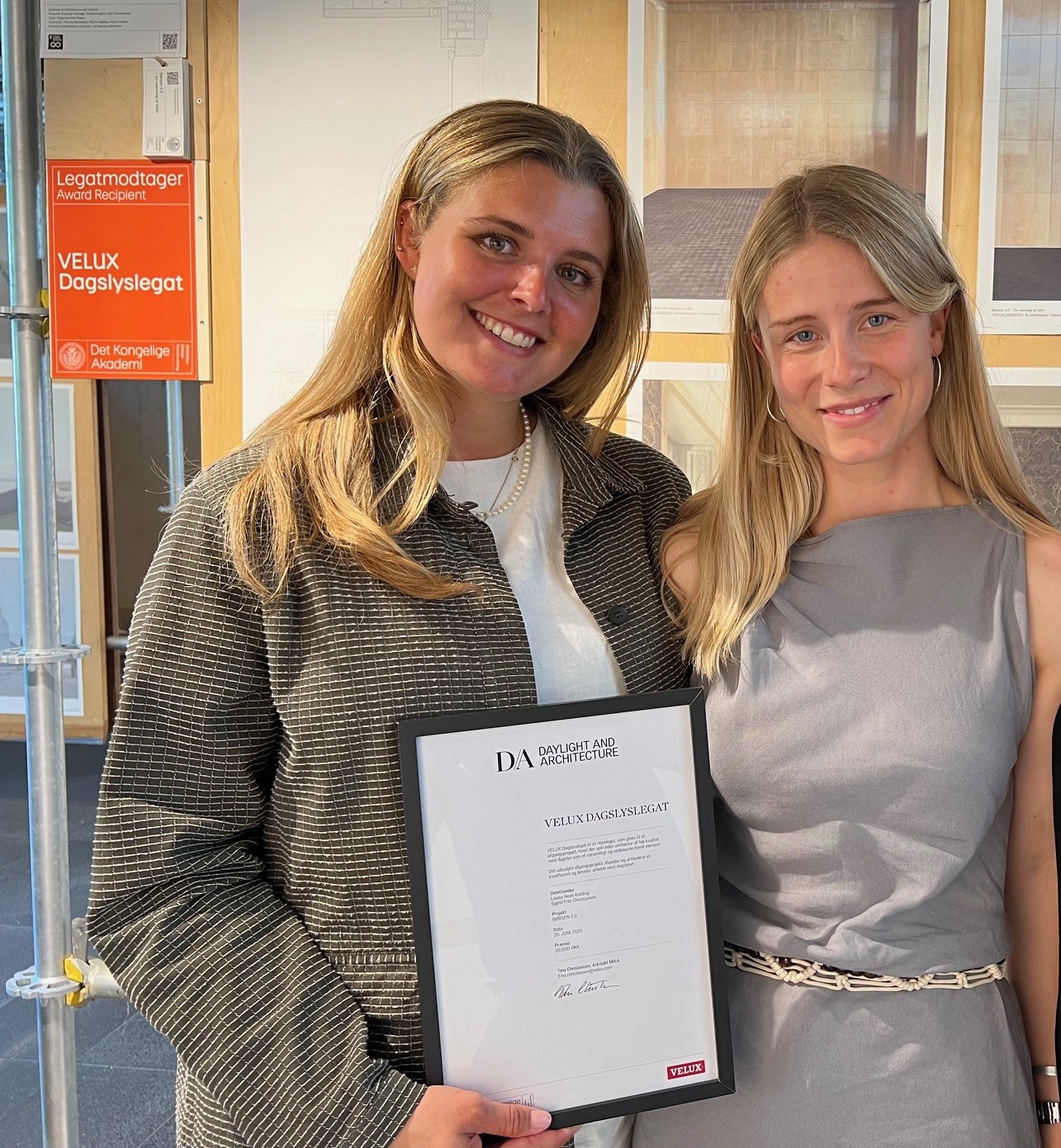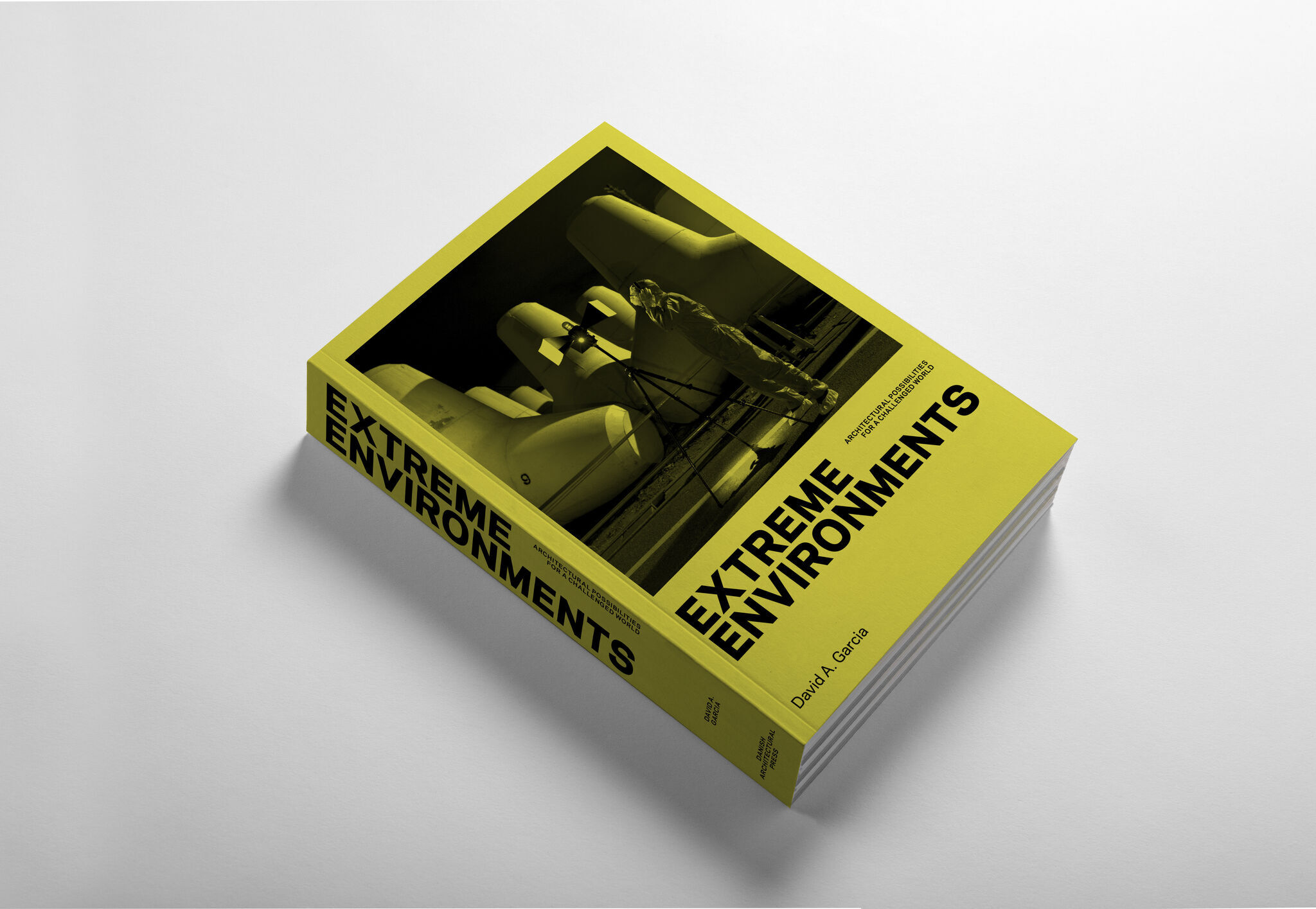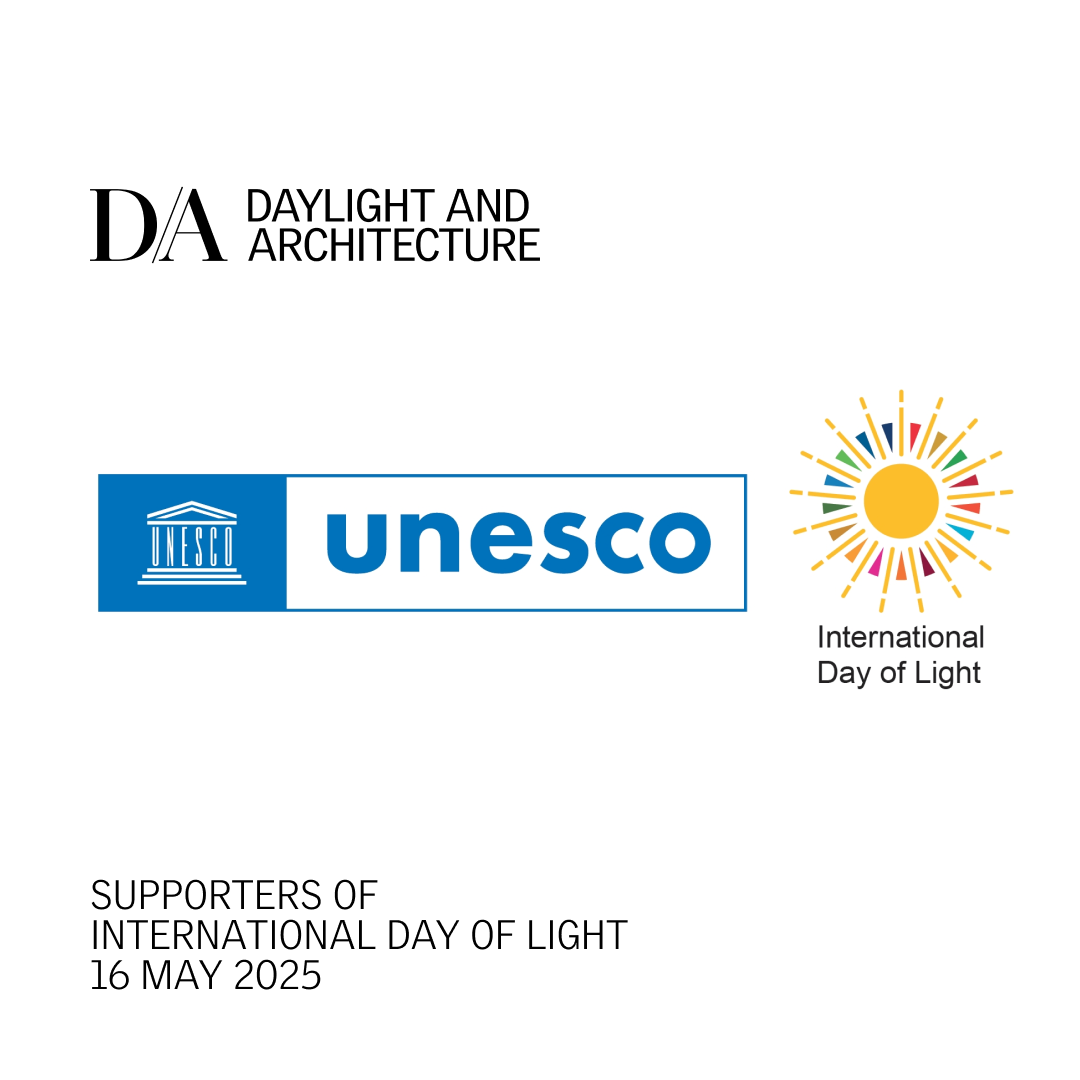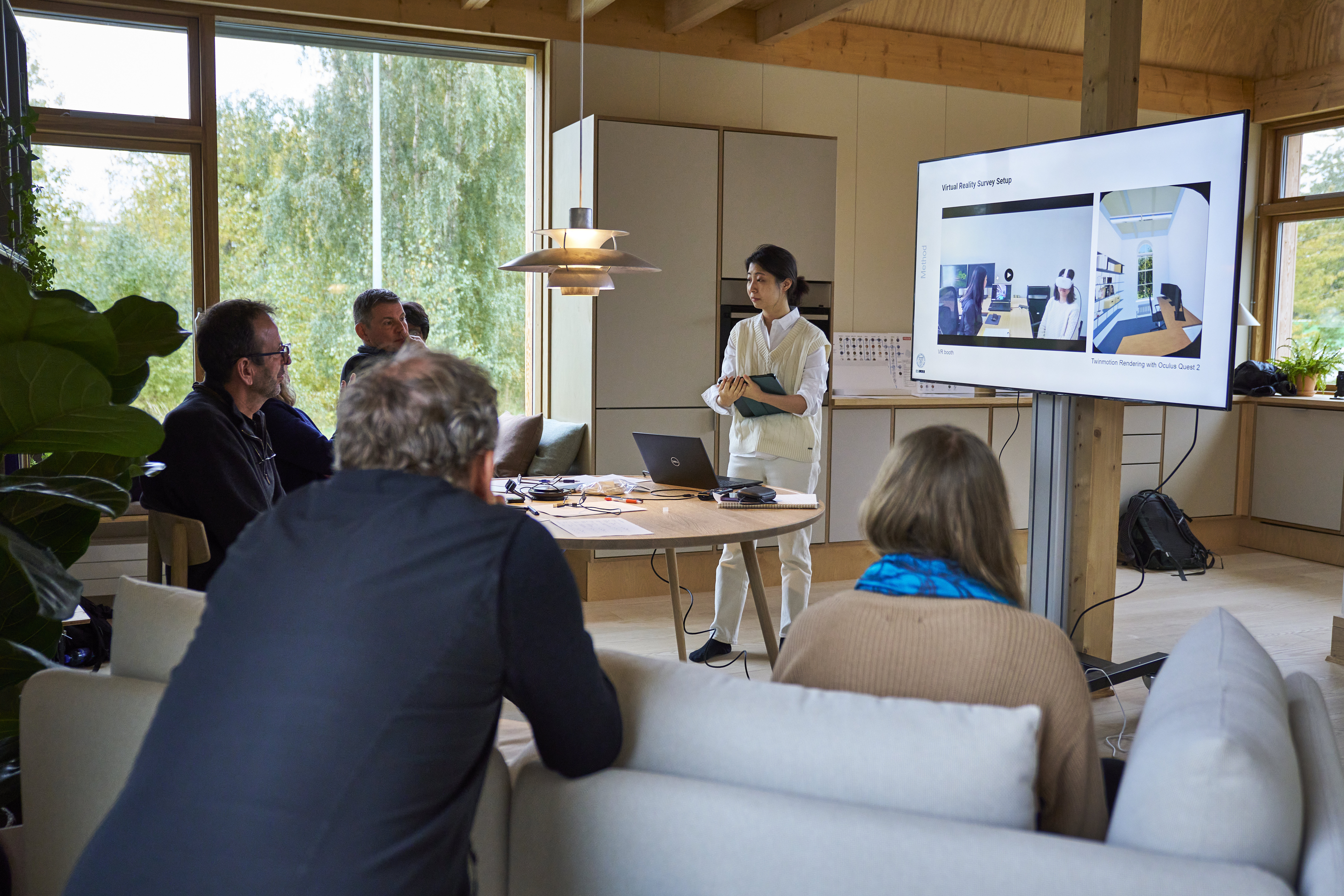Paving the Way With Light
- Meet the Winners from Asia and Oceania Daylight Investigations
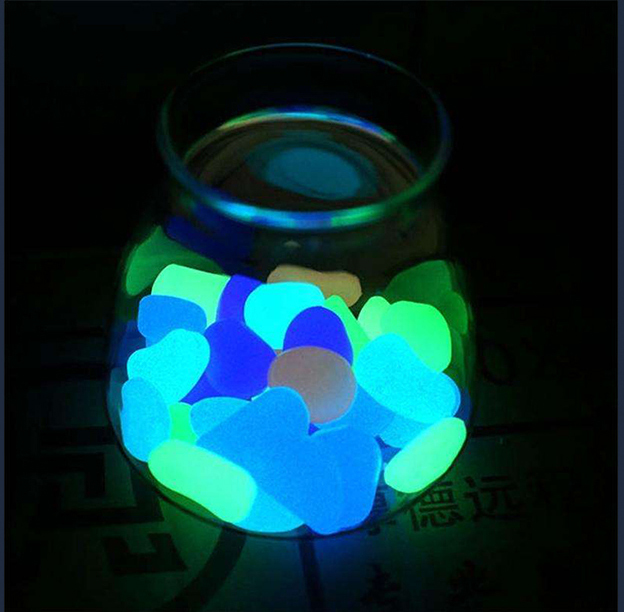
Regional winners: (front) Yuan Liu, (back from left) Di Lan, Yuhan Luo and Yusong Liu
“The project was greatly influenced by my personal experience,” explains Yuhan Lou, leader of the four-person team who were awarded the regional prize for Asia and Oceania Daylight Investigations.
“I was born in Dujiangyan, the world heritage site in southwest China. I have a profound understanding of the rugged and barren land in the vast territory. My first years of my life were in the countryside. The quiet and beautiful memories of the villages have become cognitive prototype of my ideal living environment.”
Spiritual death
Yuhan goes on to explain that a shrinking rural labour force has worsened some of the negative aspects of living in the Chinese countryside causing the population to experience what he calls a “spiritual death”.
“The life of the mountain village in China often has many beautiful moments, but there are also too many crises and inconveniences. The death hurts a lot – especially for the children left behind and the security in their daily lives.”
“We just intercepted a cross section of their lives, paying more attention to the problems of these marginalized people – in particular the infrastructure problem.”
Lighting the way
By introducing a small amount of inexpensive fluorite to the pathways, the Chinese team suggests a way of creating safe passage between rural communities.
The bright colours of the stones, illuminated by the fluorite, will glow for several hours at night after being exposed to daylight during the day. Almost all provinces in China have large fluorite mines, and the coarse processing of the raw stone into pavement material makes is economically feasible for poor rural areas.
“I imagine in the prairies of inner Mongolia, the mountains in the southwest, and the villages in North China, the meandering light belts are like clusters of nerve ends, along with small nodes on the road, passing through streams, pavilions and resting huts,” Yuhan recounts.
“Beginning at the schools, the belt runs towards the light until it arrives at the end of the road where loved ones and homes are waiting. The road is a fascinating safe sign.”
A simple solution
The simplicity and practicality of the project is what impressed the jury. In the report from the jury meeting, it is noted that the even though others have worked with applications, materials and beacons that can be charged during daytime for emergency situations or for finding your way at night, “Road to Light” is very well researched and presented, a project that thoroughly addresses a real problem through a simple and realisable solution.
According to Yuhan, coming up with a simple, non-intrusive solution was a pivotal part of the project.
“I always believe that with the professional training of architecture, we can use a minimal intervention to disturb their original state of life as little as possible, giving everyone the right to choose life.”
“We need to solve both the spiritually poetic needs and the material security requirements. This is the true meaning of innovation, not just the redefinition of academic nouns.”
Painting with light
“If we compare architectural design to painting, then space is canvas, and light is the background of the whole picture,” says Yuhan.
“In other words, it is not that architects should consider whether to include light as an element in design considerations, but that architectural design is incomplete and incorrect if it does not have light. Without considering light, it is almost impossible to achieve the desired effect in real scene rendering, because light is everywhere.”
Getting the message across
In the end of the month, Yuhan and his team mate Di Lan, will travel to Amsterdam to compete against the other regional winners for the global winner title at the World Architecture Festival.
According to Yuhan, he is most excited about discussing his project with the members of the jury.
“I’m looking forward to having direct dialogue with these masters and hearing on how they perceive light and architecture. I am also curious about if they accepted the message we want to convey, what they appreciate about our plan, what we did to move them and what we could have done differently.”
Find out more about “Road to Light” and all the other regional winners.
